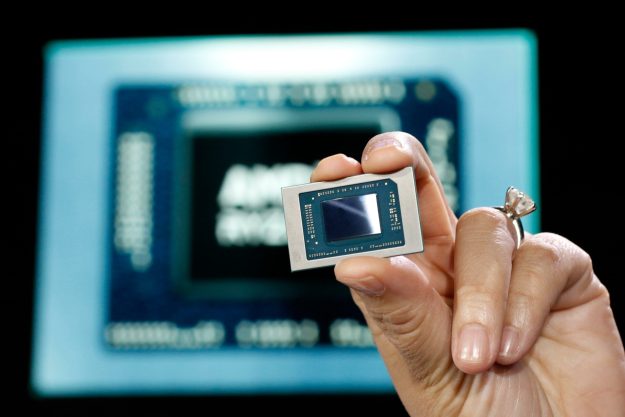What’s the theoretically easiest way to ensure that a population of mosquitos is not able to sustain itself through breeding? Make sure that there aren’t enough females, of course. That’s the exploratory approach being pioneered by researchers at the U.K.’s Imperial College London, who have developed a way of distorting the sex ratio in species of Anopheles gambiae mosquitoes to ensure that offspring are predominantly male. Over a relatively short period of time, this causes the population of mosquitos to collapse — and, potentially, halts one of the main vectors for spreading diseases like malaria as a result.
“Manipulation of sex ratio toward male is a long-sought dream for vector control,” Alekos Simoni, one of the researchers on the project, told Digital Trends. “[This] is predicted to be extremely effective in controlling mosquito populations, since only females bite and transmit diseases. Compared to previous ‘gene drives’ this new mosquito strain is predicted to be faster to spread, more robust to breakdown, less susceptible to resistance [with] none detected so far, less susceptible to fitness costs in females, and quicker to suppress malaria.”
Gene drives refer to tiny fragments of DNA that can be inserted into an organism’s chromosomes to trigger certain changes. In this case, the modification destroys the X chromosome during sperm production. A female requires two X chromosomes.
But while this work has been trialed in the lab, it has yet to be unleashed into actual mosquito populations in the wild. “The strain … has been proven very effective at suppressing populations of mosquitoes in small cages in a very controlled environment,” Simoni said. “No field studies were done, or are planned, in the near future for gene drive mosquitoes. Many more tests are required to further characterize the sex-distorter gene drive mosquitoes for efficacy and safety before moving the technology to the field.”
The team next hopes to test the approach in more complex environmental conditions, such as simulated tropical environments where more complex behavior like swarming can be observed. However, these studies are currently halted due to the pandemic emergency. It is not clear exactly when these experiments will be able to restart.
A paper describing the work was recently published in the journal Nature Biotechnology.
Editors' Recommendations
- Edit, undo: Temporary gene editing could help solve the mosquito problem
- CRISPR gene editing could help stop a common poultry virus in its tracks
- Forget curing diseases, genetic engineering could keep our beer fresh longer
- The limited-edition Sian is a hybrid supercar only Lamborghini could build
- Scientists at UC San Francisco discover gene that helps supercharge sleep


